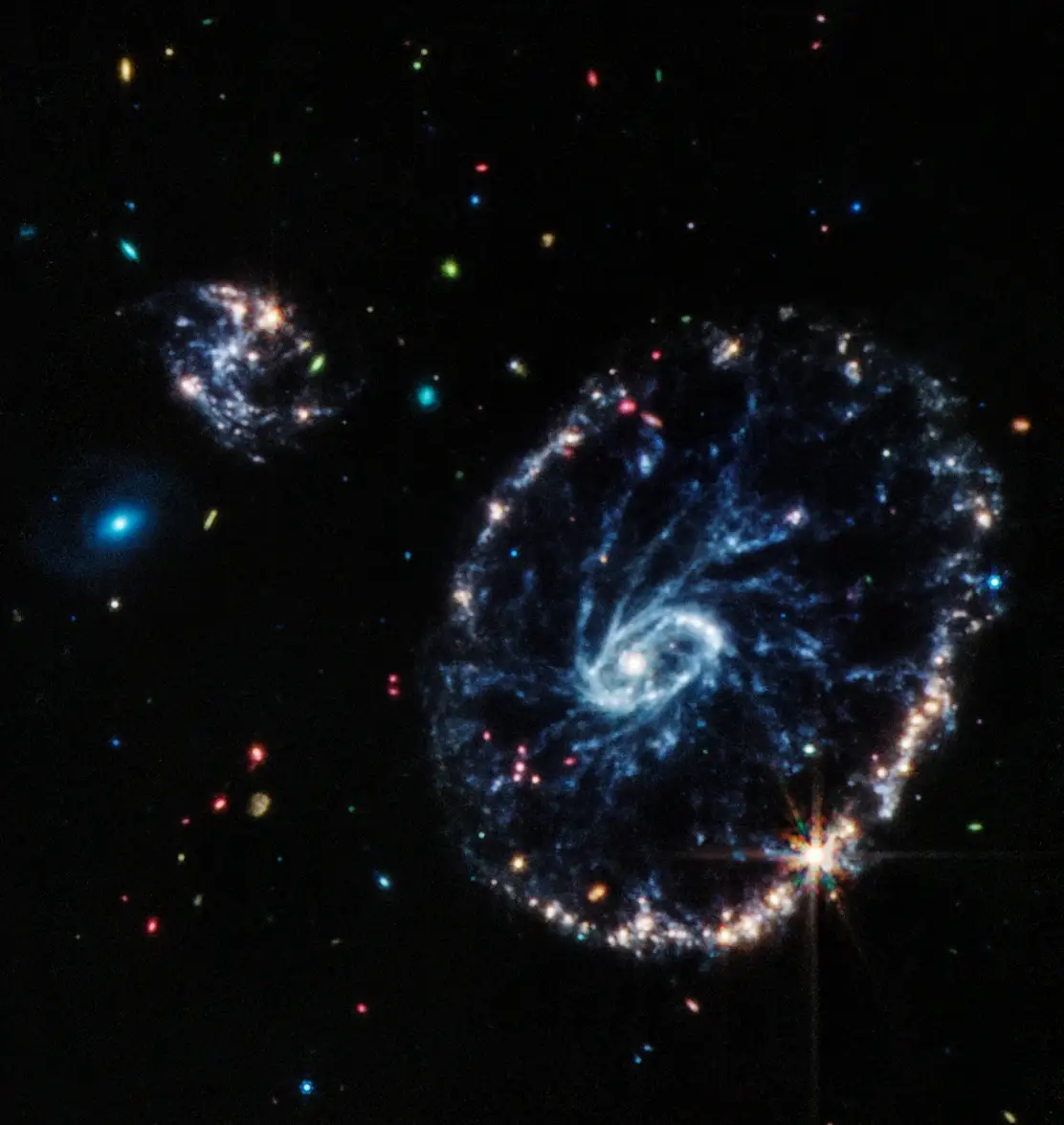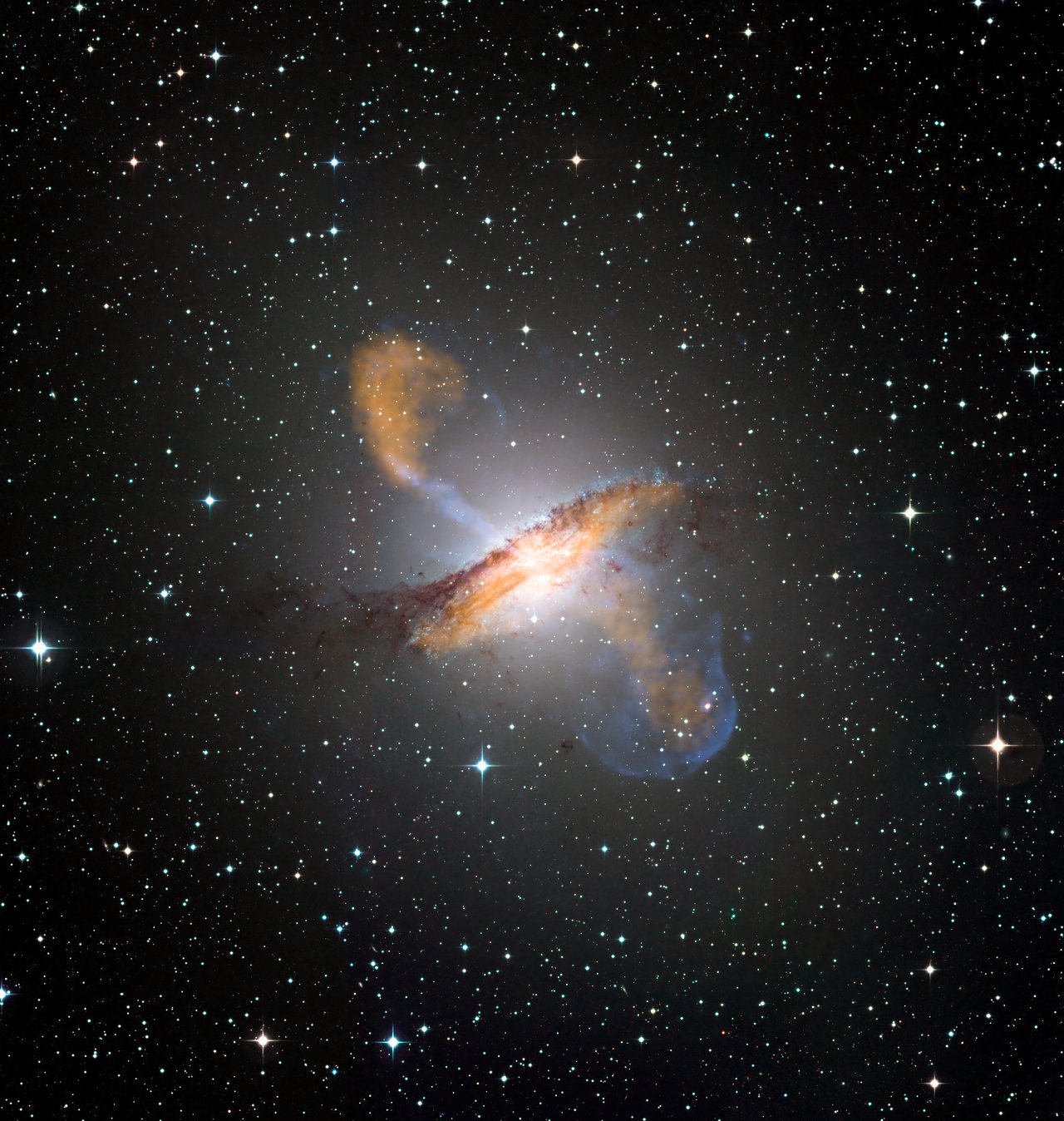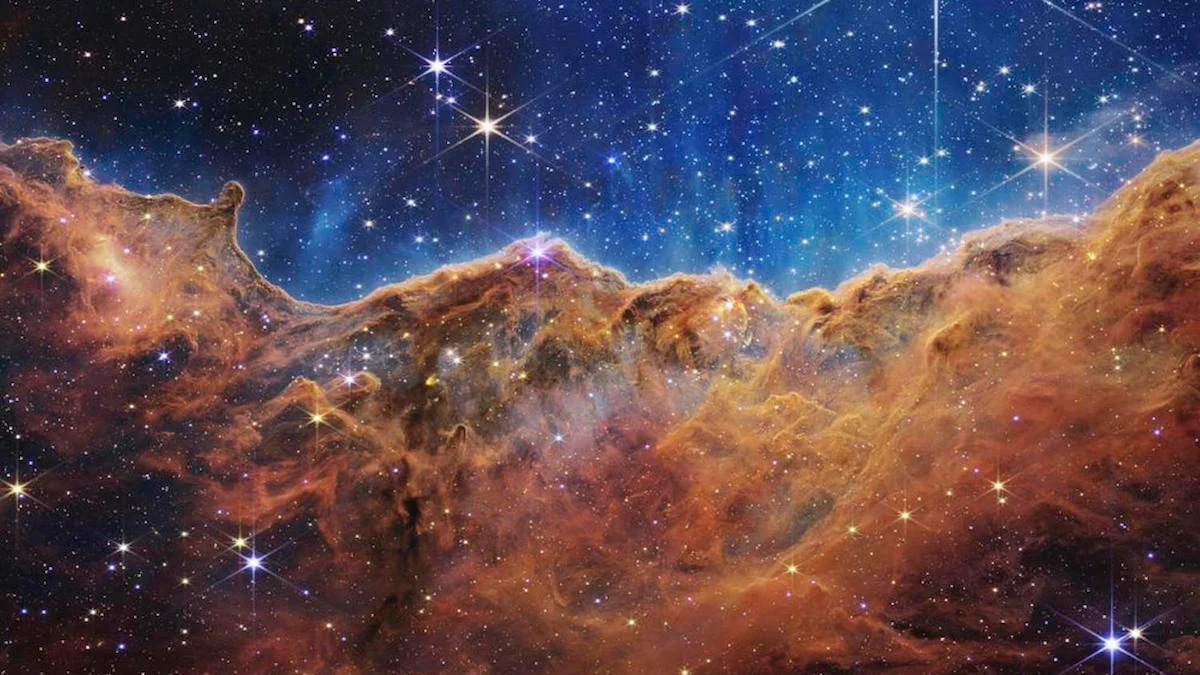The James Webb Space Telescope (JWST) has changed our perception of space since its arrival in December 2021. Using its advanced infrared properties, it was able to look even further into the universe and reveal information that had never been known to humans before 2025 from the earliest galaxies, the formation of galaxies and life on other planets are the most remarkable discoveries in the universe. So, its advanced infrared capabilities by 2025 x-ray gave a new picture of that part of the universe, indicating that it was the first to exhibit not only the first galaxy but also the first stars and the first potential host of alien life.
Peering into the Cosmic Dawn

Image Credit: NASA/ESA/CSA/STScI and the ERO Implementation Team
The James Webb Space Telescope (JWST) has allowed us to see further back in time and look at the early universe when galaxies were forming less than a billion years after the Big Bang. The discovery of JADES-GS-z14-0 opens a new era of galaxy observation, as this galaxy is the farthest one to be identified up until now, and allows us to observe it at the time when it was about 300 million years young after the Big Bang. The observation of oxygen made in this galaxy is an indication of the quick process of chemical evolution that occurred in the early universe and it is the most recent example of a model that has not yet been satisfactorily explained by this discovery.
The other most incredible thing is the Big Wheel galaxy, a huge spiral structure located 12 billion light-years away. The galaxy’s size and its development phase at such an early point in the universe raise serious questions about how galaxies came into existence. If instead, the discovered galaxy was further out in the universe, it should be more distant from the period of cosmic time and not so mature in age, according to current thoughts. In this case, the explanation will be more complicated, or reconsideration of the current theory is needed. This piece of work may lead to the transformation of knowledge in this field. Maybe,
Unveiling the Universe’s Largest Structures

Image Credit: ESA/Webb, NASA & CSA, L. Bradley (STScI), A. Adamo (Stockholm University) and the Cosmic Spring Collaboration
The Great Cosmic Arc was first identified via the JWST’s observations, and this consisted of a colossal structure that consisted of more than a thousand galaxies. This arc is spread across hundreds of millions of light years, which contradicts the cosmological principle that the universe is the same in all directions while indicating a more complicated large-scale structure than earlier thought to be there.
Exploring Exoplanets and the Potential for Life

Image Credit: NASA, ESA, CSA, L. Hustak (STScI)
In the field of exoplanet research, JWST officially detected its first Earth-sized planet, LHS 475 b, at a distance of 40.7 light years. The planet, which is similar to the Earth, has a very fast orbital period of only two days. However, science is yet to be clear about the type of atmosphere the planet is in, but the discovery indicates a breakthrough in the habitable world pursuit.
As a matter of fact, JWST has been able to witness carbon dioxide in the atmosphere of an exoplanet for the very first time which is a very crucial point in our understanding of the planetary compositions and the potential habitability.
Insights into Star Formation and Galactic Evolution

Image Credit: X-ray: NASA/CXC/MIT/M.McDonald et al; Optical: NASA/STScI; Radio: TIFR/GMRT
The detailed imaging of the JWST- James Webb Space Telescope has brought a new awareness about the processes of star formation. In the Phoenix Cluster, the telescope has found gas around the intermediate temperature that is related to the star formation process and is the bridge between the hot and cold gases. It has also been found from this process that star formation is sustained even with the existence of a supermassive black hole. On the other hand, when the team observed the Milky Way’s Sagittarius C, it became clear that there was a dense star field with really low star formation rates. It is now thought that the high magnetic fields prevent the gas clouds from collapsing to form the stars…
Challenging Established Cosmological Theories

Image Credit: ESO/WFI (Optical); MPIfR/ESO/APEX/A.Weiss et al. (Submillimetre); NASA/CXC/CfA/R.Kraft et al. (X-ray)
The JWST’s revelations demand from scientists a recalibration of the already known cosmological models. Those galaxies such as JADES-GS-z13-1 emitted strong ultraviolet light way before it was predicted indicating the ionization of the universe might be earlier than initially thought. On top of that, the finding of many “Little Red Dots”-compact, red-tinted galaxies- implies the existence of early active galactic nuclei, which makes it clear that black hole growth had started long before models expected.
Probing the Interstellar Medium

Image Credit: flicker.com
JWST has shown for the first time the fine structure of the interstellar medium, illustrating that there are filaments, layers, and magnetic fields induced by flowing clouds. These findings have opened up new perspectives on the laws of the origin of stars and the development of galaxies.
Conclusion
The James Webb Space Telescope has revealed much more than what we have known about the universe, from its first galaxies to the possibility of life on exoplanets. It is now sure that JWST while looking into the sky, will be able to provide more information, which in turn would revolutionize our understanding of the universe’s past, present, and future.
Note: We only have the right to the written content and Blogginz watermark image, but we do not have the rights to the images used in this article. These images are just used for informational purposes and to make the article more engaging. All rights go to their respective owners. These images will not be crawled and indexed.





No comments yet
Be the first to comment